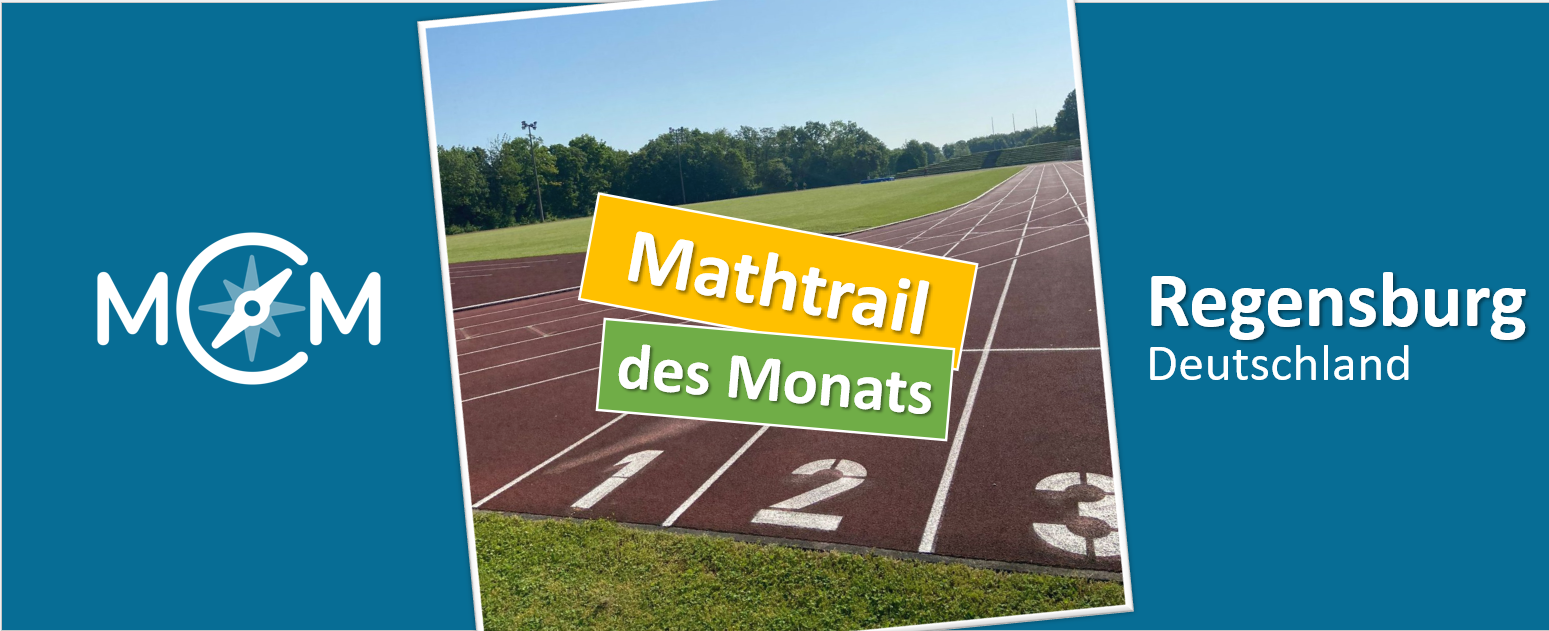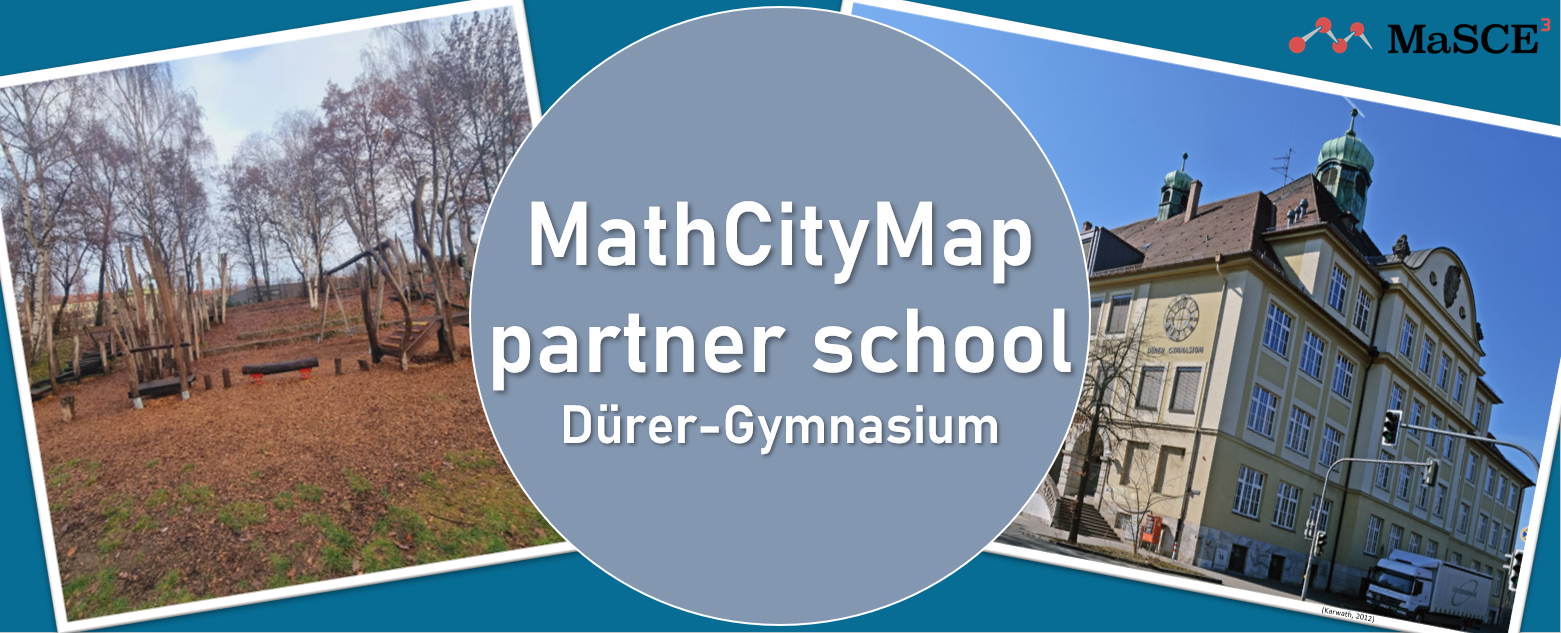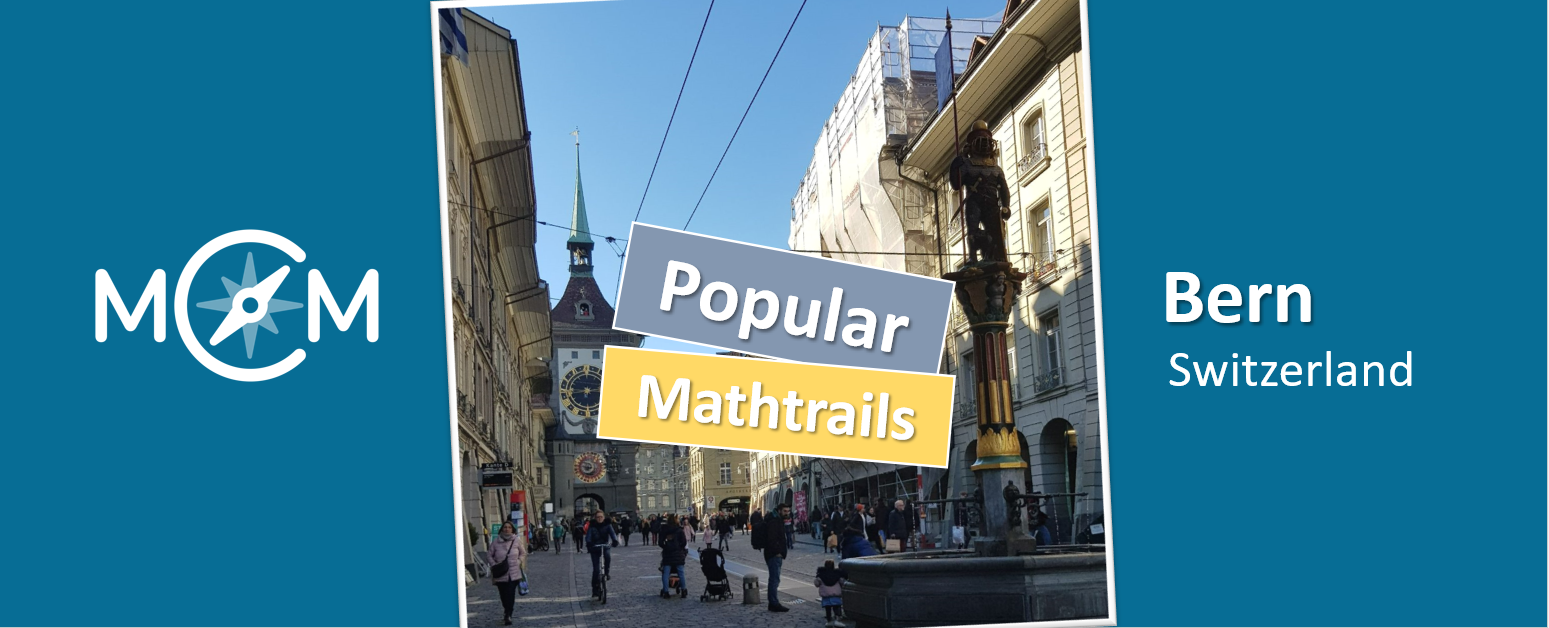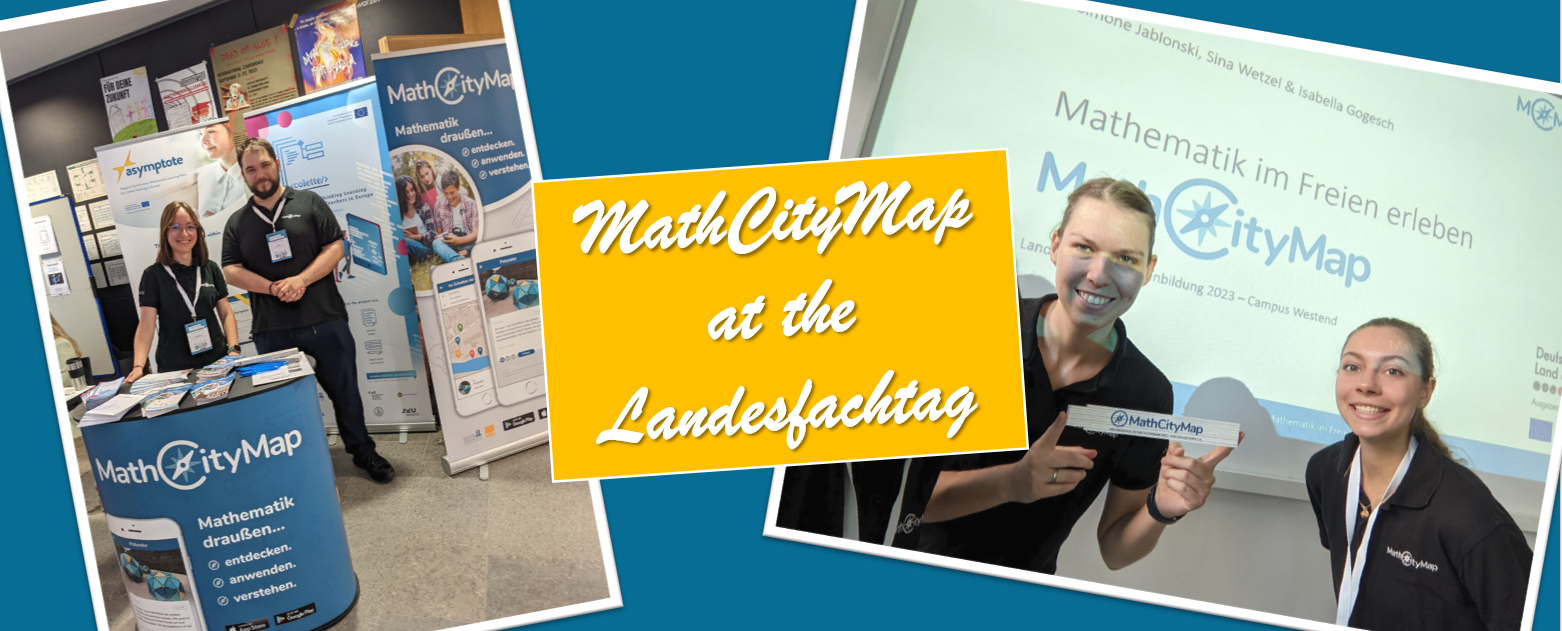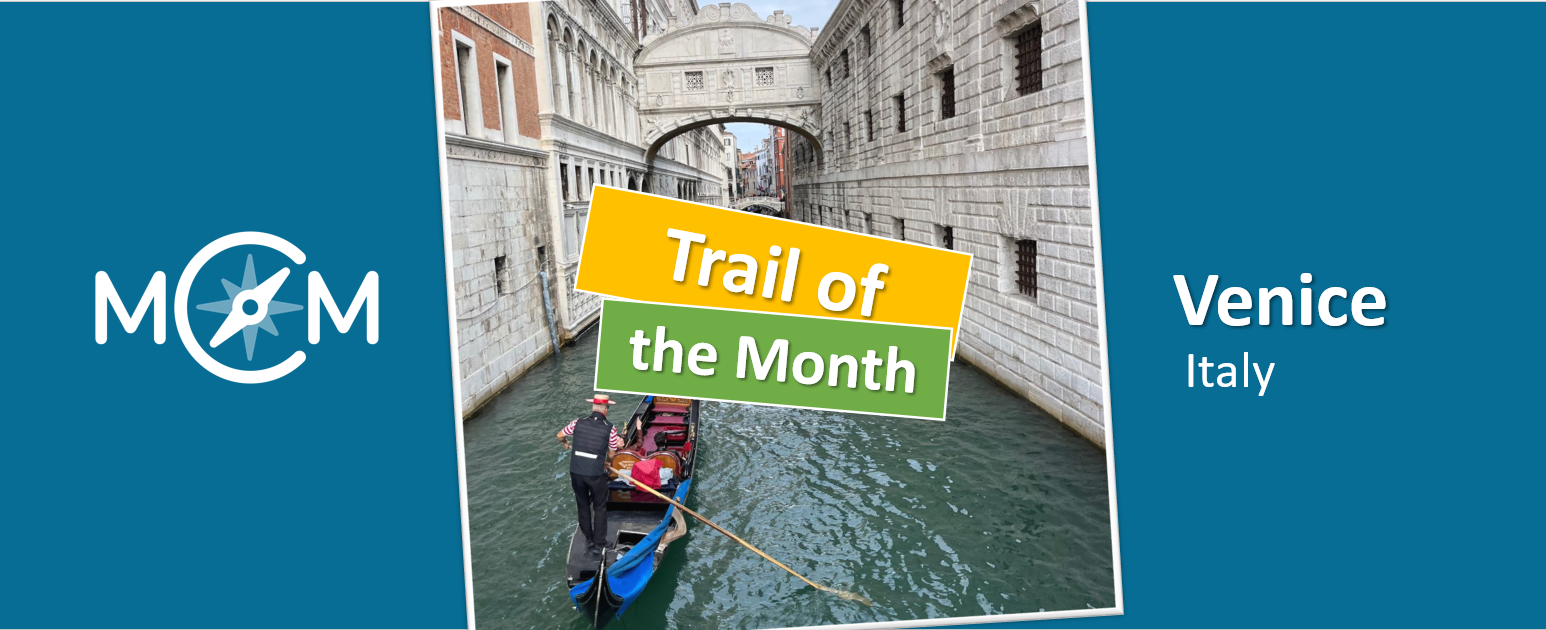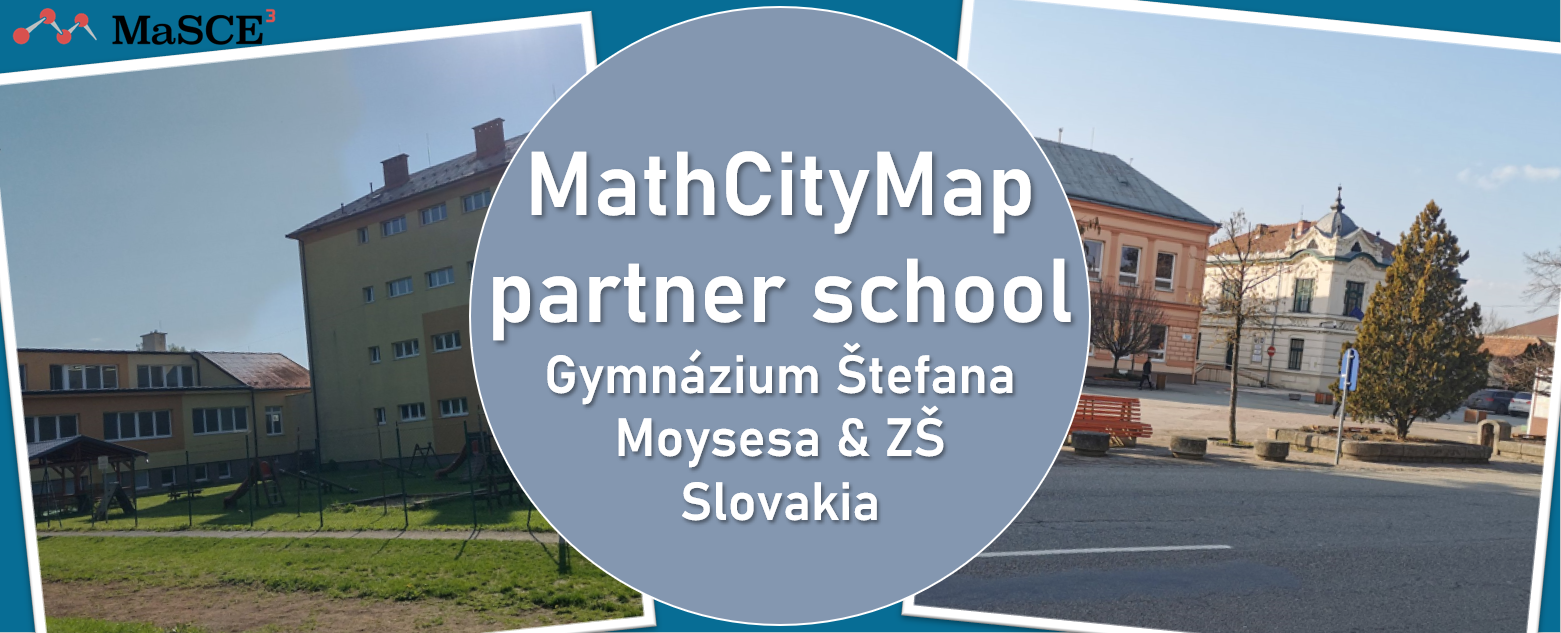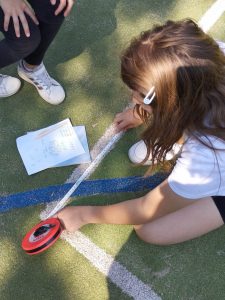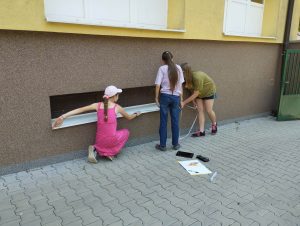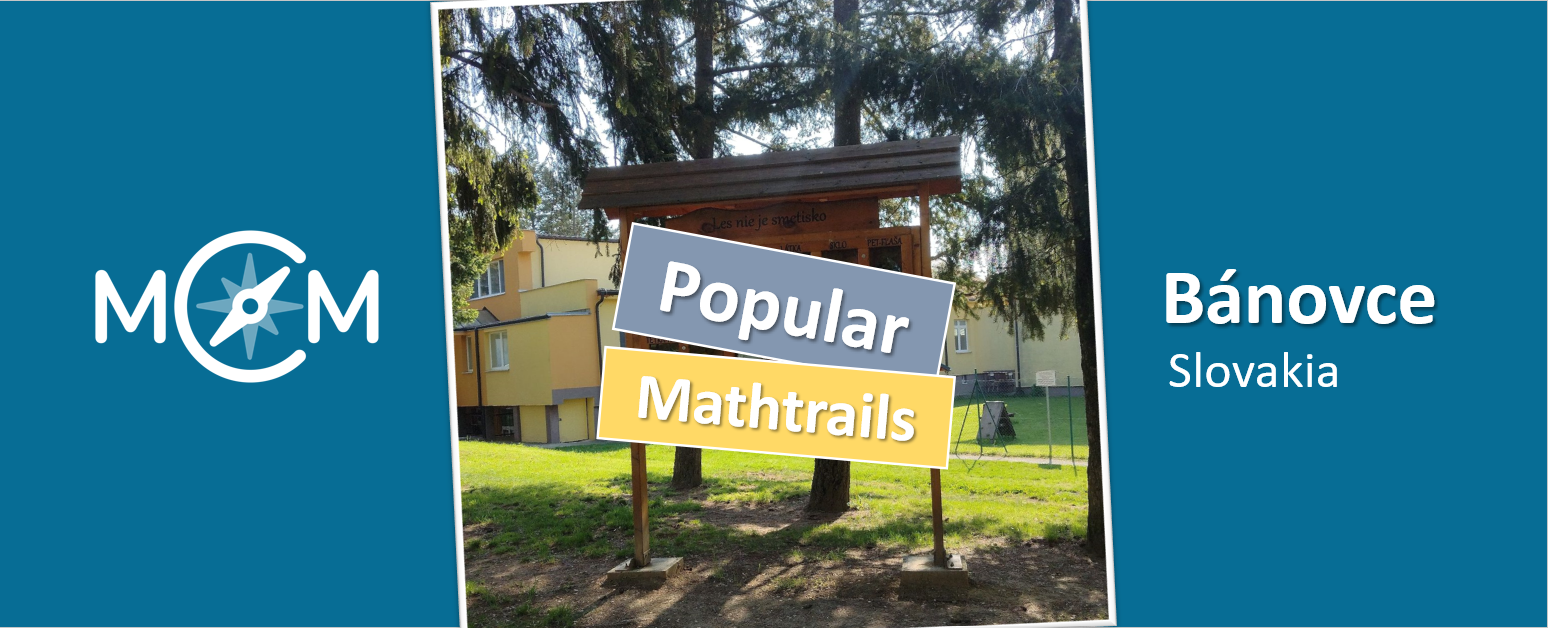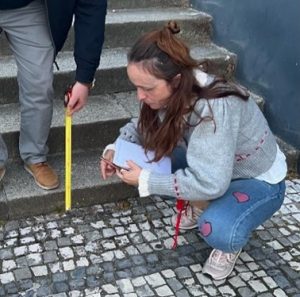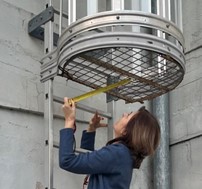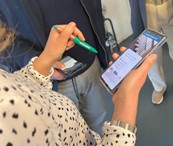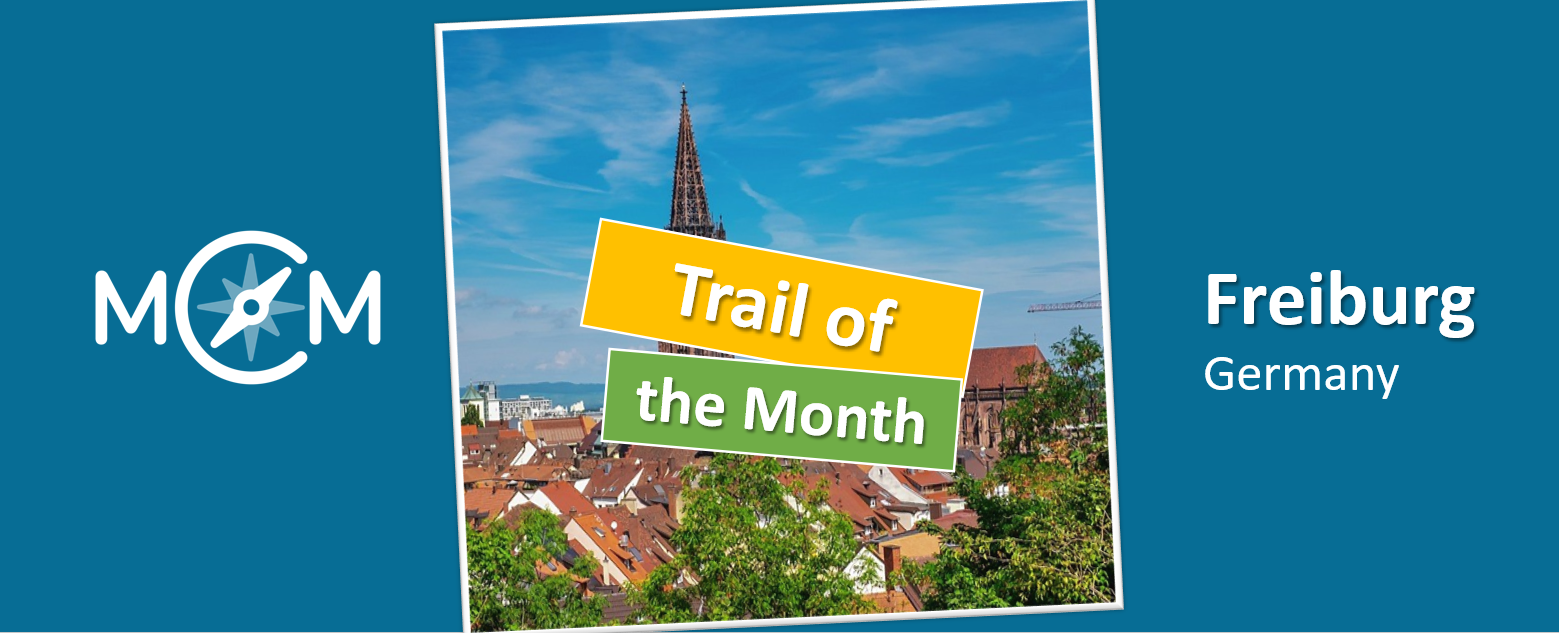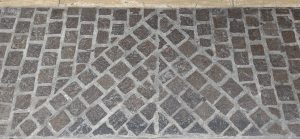November will be sporty with the trail of the month. The UR Sports Centre (UR Sportzentrum) mathtrail is located on the sports grounds of the University of Regensburg and was created there by several student teachers from the university.
The trail consists of a total of 10 tasks that combine the topics of sport and maths using various sports equipment and facilities. The trail is available on the web portal here and can be accessed in the app with the code 0116250.
Anna Hendlmeier, one of the students who created the trail, gives us an insight into working with MathCityMap at the University of Regensburg and the special features of this exciting mathtrail in an interview:
How did you come across the MathCityMap project?
I’m studying maths and sport to become a secondary school teacher and as part of my maths degree I chose a seminar that was about this project. As part of the seminar, we created 2 trails on the campus of the University of Regensburg, always in a group of 5 people. I found it very interesting and see it as a good opportunity to teach maths in a more practical way. The project was initiated by senior academic advisor Andreas Eberl, who is responsible for the didactics of maths at the university.
Please describe your mathtrail. What is special about the trail?
Our trail is located at the University of Regensburg’s sports centre and all the stations actually have something to do with sports facilities or equipment, which is special. Many students are more motivated because we have also created tasks that ask questions that you can ask yourself in everyday life. The trail is also located on the university campus, which can be very interesting for students as it relates to their possible future after graduating from high school.
How do you use MCM and why?
I used MCM in the course of the seminar and am very convinced of its usability and that it can be an enrichment for schools and teaching. I am therefore going to write my admission thesis on MCM and create a trail for a secondary school. With a view to my future career, I now know another way to get students excited about maths that can hardly be covered in normal lessons.
Describe your favourite task on the trail. How can it be solved?
My personal favourite task is “Game, set and match!” (Spiel, Satz und Sieg). In this task, 5 friends get together to play tennis and want to organise a tournament in which everyone plays against everyone else. They have booked the tennis courts for 90 minutes, the question now is how long a game can last so that all games are the same length. I really like this task as I think that application-based tasks are particularly important when it comes to combinatorics. This question has perhaps often been asked by someone in a different context. If you stand in front of the tennis courts, you can see that there are two tennis courts, so two games can take place at the same time. In the “everyone against everyone” mode, player A competes against players B, C, D, E: Makes four matches. Player B then has to compete against players C, D, E: Another three games. Player C against players D, E: Two more games. Player D only has to play against player E. Then everyone has played each other once and we get a total of 10 games. (4 + 3 + 2 + 1 = 10) So there are five rounds. If these game rounds are to be evenly distributed over the 90 minutes, a game round, i.e. a single game, must last 18 minutes.
